Ever feel that post-shopping sigh of relief, not just from putting down the bags, but from finally catching your breath? Our lungs work tirelessly throughout the day, from fueling our morning jog to fueling our laughter with friends. But just like a car engine that needs regular maintenance, our lungs need exercise to stay strong and healthy.
Breathing exercises are a simple yet effective way to improve lung capacity, increase oxygen intake, and even manage certain respiratory conditions. By incorporating these exercises into your daily routine, you can unlock a range of benefits, from feeling more energized throughout the day to experiencing a significant improvement in your overall health.This blog will explore how these exercises work and the potential benefits they offer for your lung health. So, take a deep breath, relax, and get ready to learn how to breathe easier and feel better!
Benefits of Breathing Exercises
Our lungs are responsible for taking in oxygen, which is vital for every cell in our body, and releasing carbon dioxide, a waste product. When our lungs function optimally, we feel energized, focused, and can perform physical activities with ease. However, various factors like air pollution, smoking, or certain medical conditions can affect lung function.
Breathing exercises can help strengthen the muscles that support our lungs, improve airflow, and promote efficient oxygen exchange. This can lead to a range of benefits, including:
- Reduced shortness of breath: Certain breathing exercises can help slow down your breathing rate, making it easier to manage breathlessness, especially during physical activity.
- Improved lung capacity: Over time, regular breathing exercises can help increase the amount of air your lungs can hold, enhancing your overall lung function.
- Stress management: Deep, controlled breathing activates the body’s relaxation response, lowering stress hormones and promoting feelings of calm.
- Better sleep: Proper breathing techniques can help regulate sleep patterns and improve sleep quality.
- Mucus clearance: Specific breathing exercises can help loosen mucus in the airways, making it easier to cough up and clear congestion.
Getting Started with Breathing Exercises
Before you begin, find a quiet and comfortable place to sit or lie down. Relax your shoulders and neck, and close your eyes if you find it helpful. Focus on your breath, feeling the rise and fall of your chest or abdomen with each inhale and exhale.

Here are some basic breathing exercises to get you started:
- Diaphragmatic Breathing:
This technique utilizes the diaphragm, the main muscle for breathing, for deeper and more efficient breaths. It can help asthmatics control their breathing patterns and reduce reliance on inhalers.
- Sit or lie down comfortably with one hand on your chest and the other on your stomach.
- Breathe in slowly through your nose, feeling your stomach push outwards as the diaphragm contracts. Your chest should move minimally.
- Exhale slowly through pursed lips, feeling your stomach gently sink inwards as the diaphragm relaxes.
- Repeat for several minutes, focusing on slow, deep breaths.
- Pursed-Lip Breathing:
This exercise helps slow down your breathing rate and control rapid breathing. It is one of the key exercises for managing COPD.
- Sit comfortably and inhale slowly through your nose.
- Purse your lips as if you’re about to blow out a candle.
- Exhale slowly and gently through your pursed lips, making the exhalation last twice as long as the inhalation.
- Repeat for several minutes.
- Alternate Nostril Breathing:
This practice from yoga helps improve focus and relaxation. It is a powerful tool for managing anxiety and promoting relaxation.
- Sit comfortably with your spine straight.
- Close your right nostril with your thumb.
- Inhale slowly through your left nostril.
- Close your left nostril with your ring finger and exhale slowly through your right nostril.
- Inhale through your right nostril and then close it.
- Exhale through your left nostril.
- Repeat, alternating nostrils for several minutes.
Precautionary Measures:
- Start slowly and gradually increase the duration of your breathing exercises as you become comfortable.
- Focus on smooth, controlled breaths rather than forcing air in and out.
- Breathe through your nose whenever possible, as nasal breathing helps filter air and warm it before entering the lungs.
- If you experience any dizziness or discomfort, stop the exercise and consult your doctor.
Conclusion
Taking care of your lungs is essential for overall health and well-being. By incorporating breathing exercises into your routine, along with the additional tips mentioned above, you can significantly improve your lung function, enhance your physical performance, and enjoy a healthier, more active life. Remember, consistency is key! Make breathing exercises a regular part of your day, and feel the difference in your lung health.











